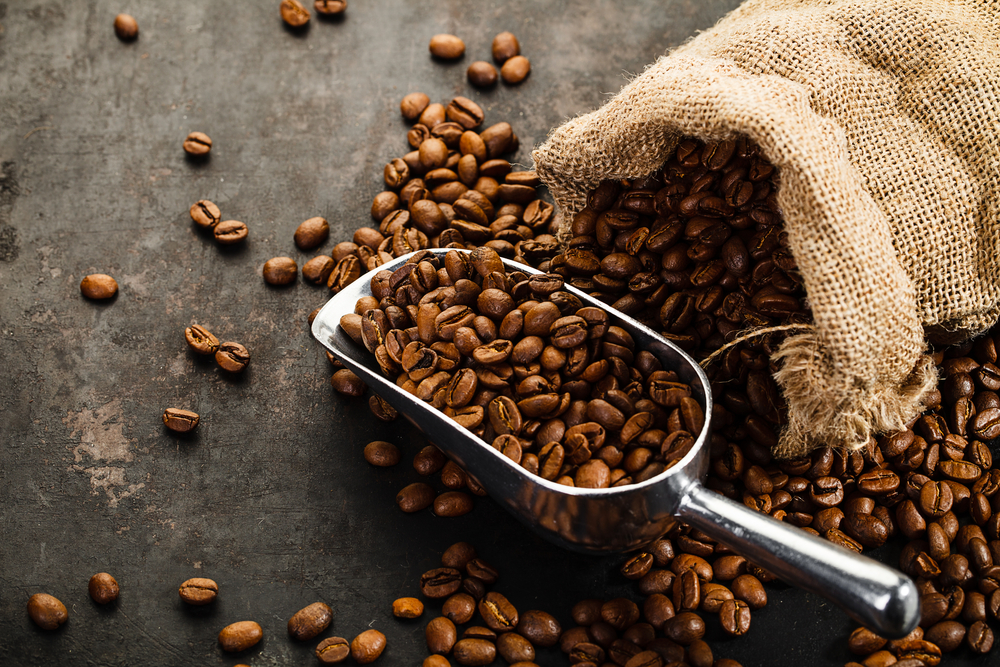
Visit our other sites
-
Fapas - Proficiency Testing
Globally recognised provider of proficiency tests, running over 400 tests annually across an extensive range of matrices and analytes
-
Great Crested Newts Testing
A single sample taken by an ecologist at any time during the newt breeding season can determine their presence or absence, saving you time and money
Fera is the UK National reference laboratory for processing contaminants and has considerable experience of their analysis in food and feed.

Food processing contaminants (FPCs) are substances that form in food or in food ingredients when they undergo chemical changes during processing. Processing methods include high-temperature cooking, fermentation, smoking, drying, refining of vegetable and animal fats.
Examples of FPCs are:
Acrylamide
Acrylamide forms as a result of the chemical reaction between amino acids (i.e. asparagine) and reducing sugars (fructose, glucose) that occurs in the course of thermal processes, such as deep-frying, frying, baking and roasting of starchy foods. Acrylamide has been detected in t a range of foods including fried or roasted potato products, cereal-based products (including sweet biscuits, infant rusks, crakers and bread) and coffee. Food is the main source of exposure for non-smokers.
Acylamide is genotoxic and has been classified as probably carcinogenic to humans (group 2A) by the International Agency for Research on Cancer (IARC). The European Food Safety Authority (EFSA) ruled in 2015 that the presence of acrylamide in foods increases the risk of developing cancer in any age group of the population. UK Assimilated Regulation (EU) 2017/2158 establishes recommended mitigation measures for the food industry and reference (benchmark) levels to reduce the presence of acrylamide in foods.
Find out more about Fera's acrylamide testing here: https://www.fera.co.uk/food-safety/popular-services/contaminant-testing/acrylamide.html
Find out more about UK regulations here: https://www.legislation.gov.uk/eur/2017/2158/contents
FSA Business Guidance: https://www.food.gov.uk/business-guidance/acrylamide-legislation


3-MCPD and glycidyl esters
3-monochloro-1,2-propandiol (3-MCPD) and 2-monochloro-1,3-propandiol (2-MCPD) primarily produced during the manufacture of hydrolysed vegetable protein and soy sauce. Toasting, baking, frying and roasting can also induce the formation of 3-MCPD and 2-MCPD in bread, meat, fish and coffee.
3-MCPD fatty acid esters can be formed during fat and oil refining at temperatures around 180°C. These esters are broken down into 3-MCPD and fatty acid within the human digestive system.
3-MCPD is a nephrotoxin and classified by the IACR as potentially carcinogenic to humans (group 2B).
Glycidyl fatty acid esters form in oils and fats during processing at temperatures above 230°C. They are broken down in to fatty acids and glycidol within the digestive system. Glycydol is classified by IARC as a probable human carcinogen (Group2A).
Find out more about our 3-MCPD and gycidyl esters testing here: https://www.fera.co.uk/esters-of-3-mcpd-and-2mcpd-and-glycidyl-easters.html
Find out more UK regulation here: https://www.legislation.gov.uk/eur/2006/1881/annex/2020-12-31


Furans
Furans (i.e. furan, 2-methylfuran, 3-methylfuran, 2,5-dimethylfuran) are formed in
foods during thermal processing. Multiple food components have been identified as precursors, including carbohydrates, amino acids, polyunsaturated fatty acids. Furans are mainly found in coffee (instant, roastebeans, ground roasted beans), canned and jarred foods including baby food.
As well as been hepatotoxic, furans is also classified as a possible carcinogen by the IARC (group.2B).
If you are interested in testing your products for furans please contact us here.
PAHs
Polycyclic aromatic hydrocarbons (PAHs) are compounds composed of two or more condensed benzene rings. The benzene rings may additionally carry substituents (often methyl groups). They are formed by incomplete combustion of organic material during processes such as frying, grilling, baking, drying and smoking. Vegetables and some marine foods such as bivalve molluscs and lobster can accumulate PAHs from their environment.
Altogether several hundred compounds are known. These are divided into "light" PAHs with three to four rings and "heavy" PAHs with five to seven aromatic rings. The heavy PAHs are harmful to health and are classified as genotoxic carcinogens.
Find out more about our PAHs testing here: https://www.fera.co.uk/pah-testing.html
Find out more UK regulation here: https://www.legislation.gov.uk/eur/2006/1881/annex
FSA Business Guidance: https://www.food.gov.uk/business-guidance/polycyclic-aromatic-hydrocarbons
For more information on Fera's National Reference Laboratory status for Processing Contaminants in Foods please contact us here.

Copyright © 2025 Fera Science Limited (“Fera”). All rights reserved.
For further information about how Fera uses any personal data collected from you, please see our Privacy Notice at www.fera.co.uk/privacy-policy.

